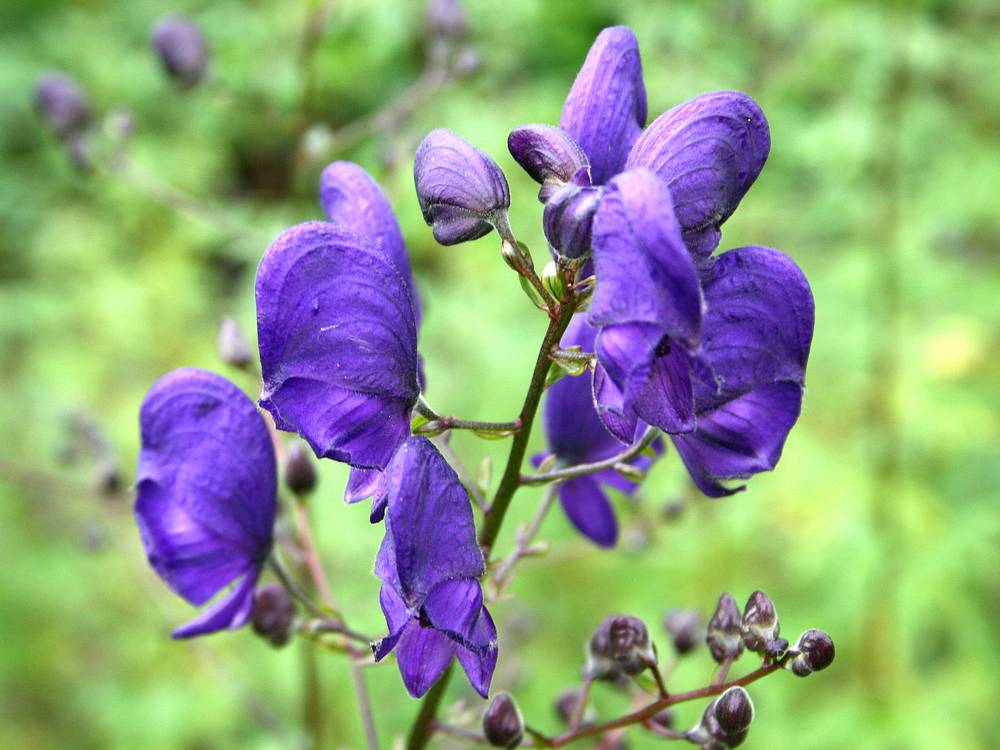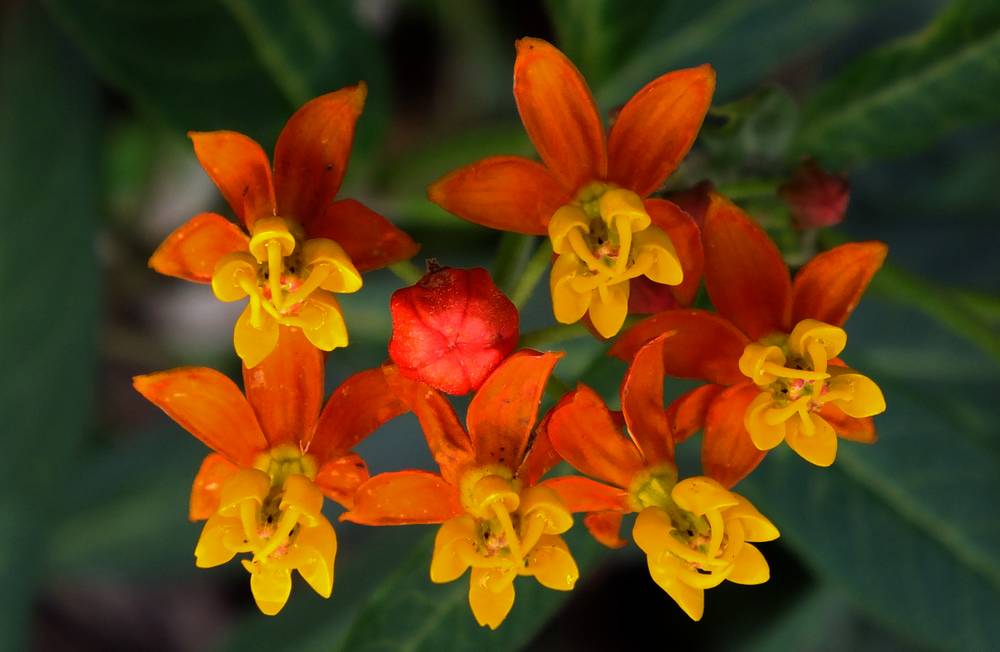When you’re hiking through the beautiful landscapes of Glacier National Park, you will encounter many different flowering plants. These native plant species thrive in territorial mild temperatures, fertile soil, and ample rainfall. Dahlias, cosmos, snapdragons, ranunculus, strawflower, lisianthus, scabiosa, amaranthus, lilacs, columbine, peonies, lupine, and salvia are among the many delights.
Other more dangerous flower species, however, also occupy the vast lands of Montana, and you should be aware of them. In this article, we’ll address some of the more common hazardous flower species and how you can identify them.
Pheasant’s-eye (Adonis annua)
It is an annual herbaceous plant of the buttercup family (Ranunculaceae), roughly 8 to 16 inches (20 to 40 cm) high. The flowers consist of 5 to 20 petals, yellow to red, and are formed terminally on stems. At the base of each petal, some species posses a dark spot. The most common symptoms of Adonis poisoning in humans are vomiting, stomach pain, and diarrhea.
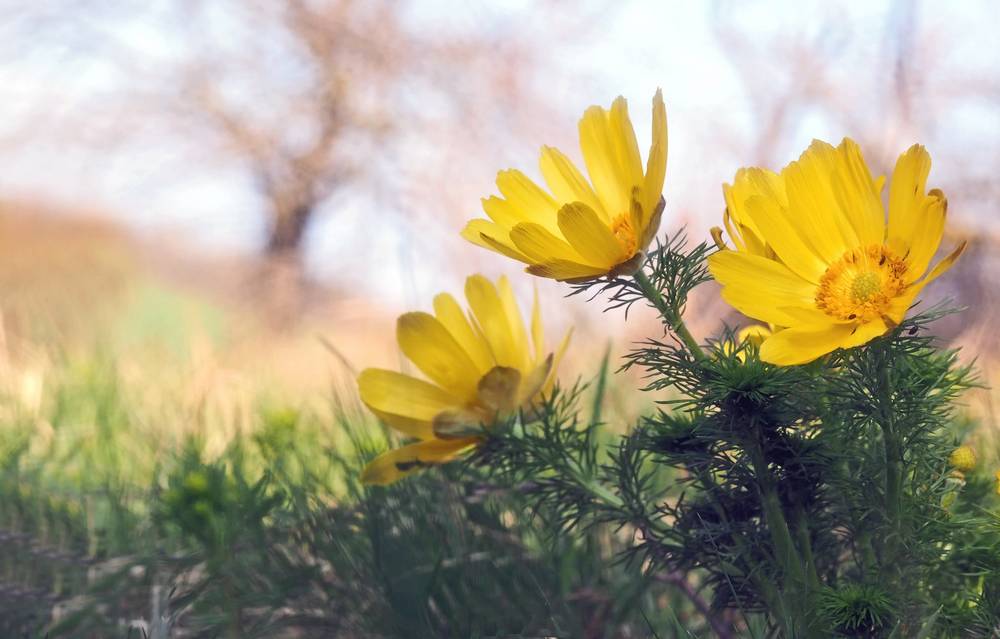
Laceleaf (Anthurium)
Over the entire year, the Anthurium plant produces new flowers. However, their cycle occurs with a three-month flowering period, followed by a month (or longer) period without flowering, and then three months of robust flowering again. The flowers are positioned on the spadix in thick spirals and have red, yellow, and pink colors. The spadix is mostly elongated, but it can be globe-shaped or club-shaped. The spathe, a sort of bract, is beneath the spadix. Anthurium plants are poisonous due to calcium oxalate crystals. The sap is irritating to the skin and eyes.
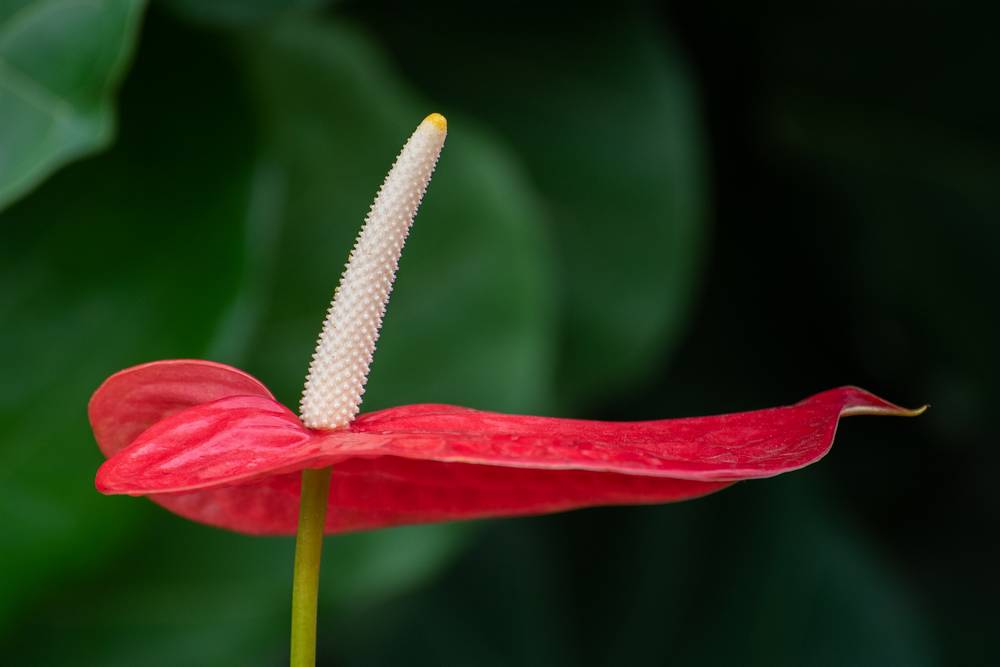
Wolf’s Bane (Aconitum)
The tall, erect stem is crowned by large blue, purple, white, yellow, or pink zygomorphic flowers with numerous stamens. They are distinguishable by having one of the five petaloid sepals (the posterior one), called the galea, in the form of a cylindrical helmet. Because of their attractive flowers, Aconitum napellus (also known as monkshood or wolfsbane) is frequently cultivated as an ornamental plant. It is a perennial herb, but the raw plants are very toxic. In the case of Aconitum poisoning, significant signs can occur quickly, generally within an hour, and death can occur quite quickly at large doses.
Columbine (Aquilegia)
The columbine plant (Aquilegia) is a perennial plant, offering seasonal value throughout most of the year. It flowers in a range of colors during spring, emerging from its elegant dark green foliage, becoming maroon-colored in fall. However, the plant’s seeds and roots are extremely toxic and contain cardiogenic toxins that, when ingested, may cause both severe gastroenteritis and chest pains.

Milkweed (Asclepias)
It is an upright plant that typically ranges 2 to 6 feet in height. Leaves develop from a thick stalk and take on a reddish hue as the plant matures. As the plant grows older, the stems become hollow and hairy. The flowers of the milkweed are pink to purple to orange and bloom from June to August. Leaves and other parts of the plant visible above ground are toxic. They contain toxic glucosidic compounds called cardenolides. Several milkweed species are poisonous to humans, being most harmful during the active growing season.
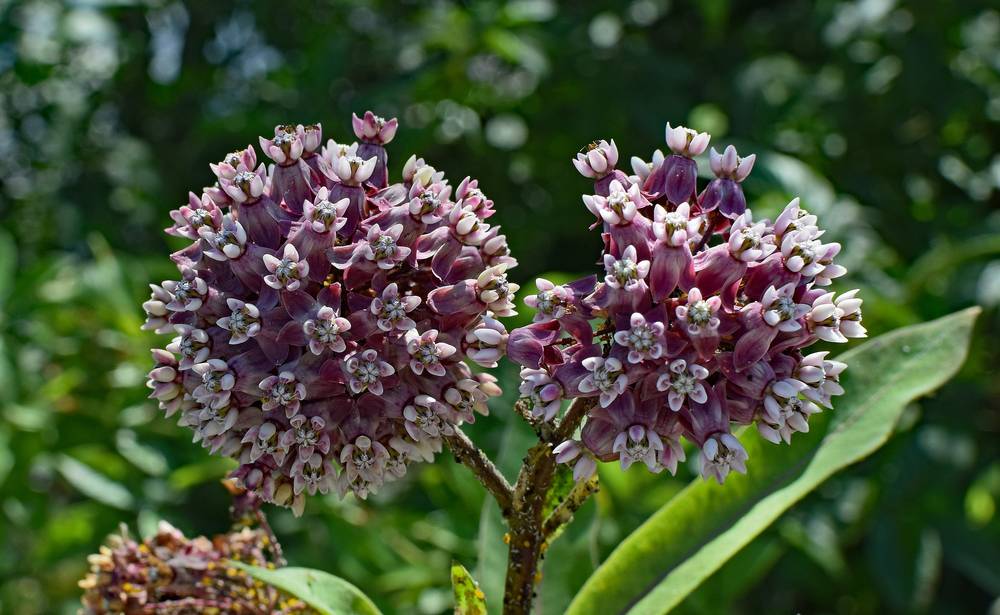
Azalea (Rhododendron)
Azalea plants are a large community of evergreen shrubs, varying in size considerably. Most rhododendron flowers are bell-shaped and have ten stamens. Their toxin can cause low heart rate and low blood pressure, as well as abnormal heart rhythms. Such symptoms could be life-threatening. Eating any of the plants’ leaves, nectar, or flowers can result in toxicity.
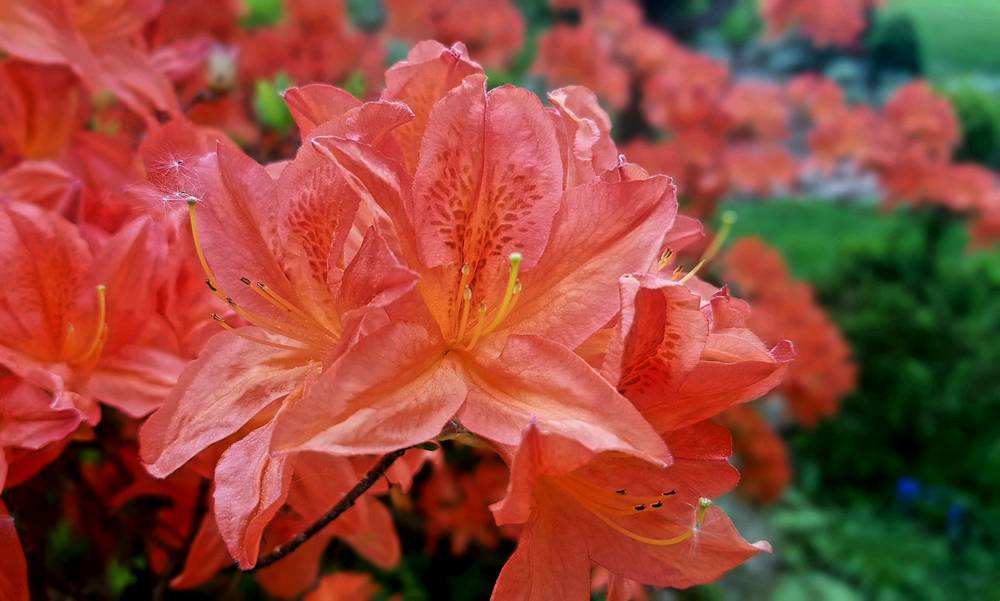
Belladonna (Atropa belladonna)
Atropa belladonna (also known as the deadly nightshade) is a branching herb, often growing from a fleshy rootstock as a subshrub. With ovate leaves 7 inches (18 cm) long, plants grow to 7 feet (2 meters) tall. With green tinges, the bell-shaped flowers are dull purple and faintly scented. It is very toxic, containing alkaloids in its roots, leaves, and fruits (atropine, hyoscyamine, and scopolamine).
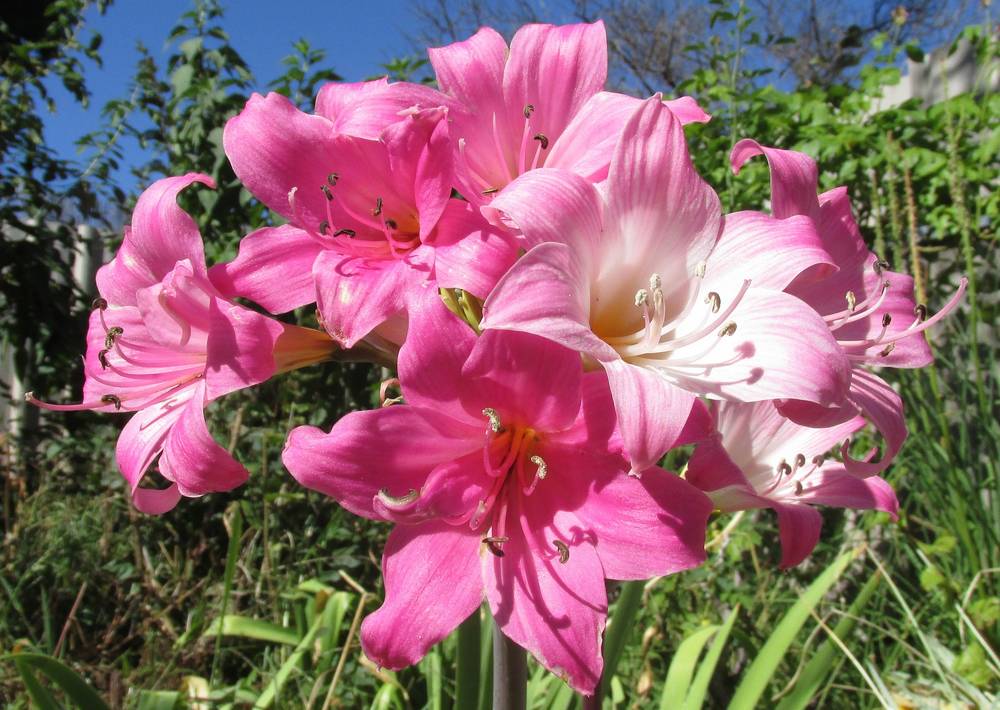
Bloodflower (Asclepias curassavica)
This plant has thin, relatively long green leaves. The midribs are occasionally white. Its round, smooth stem contains a deadly milky sap. Diarrhea, nausea, muscle cramps, abnormal heartbeat, and tingling of the fingers and toes are common symptoms of bloodflower poisoning.
How to Identify Common Poisonous Flower Species?
Unfortunately, there is no tell-tale sign that a flowering plant is toxic, but there are a few common indications that may help you identify potentially harmful plants.
- If a plant has milky sap, its flowers may be toxic
- Plants bearing naturally shiny leaves may have poisonous flowers
- Umbrella shaped plants may also carry flowers and leaves toxic to humans
- Plants that have yellow or white berries potentially bear toxic berries and flowers
Prevention Tips
- When in doubt, simply avoid (and do not consume)
- Wear proper clothing to avoid touching poisonous plants
- Avoid burning plants if you are unsure about their toxicity
- Consider using bentoquatam-containing barrier creams that help resist poison rashes
If contact with poisonous plants occur, instantly wash the exposed skin with water and soap. Ensure to thoroughly clean under the nails. Apply a moist compress or calamine lotion to the skin, but never on open wounds or weeping blisters. To help minimize swelling, consider taking antihistamines.
There are many pocketbooks on the subject worth having in your backpack while trekking across the countryside. Knowing what flowers and berries are safe to touch or consume can be lifesaving in a survival situation, keeping in mind the exact opposite is true when encountering poisonous species.


